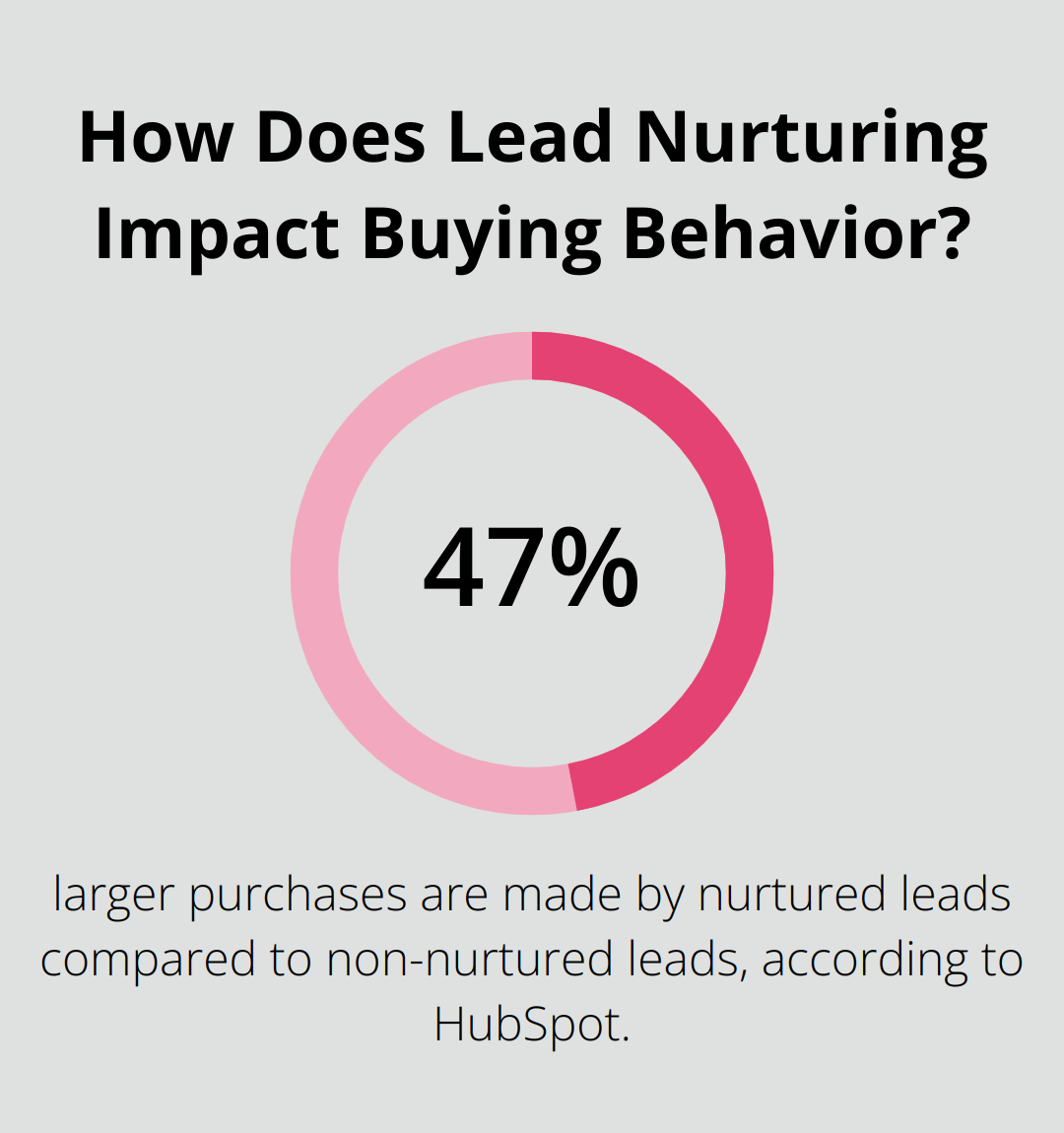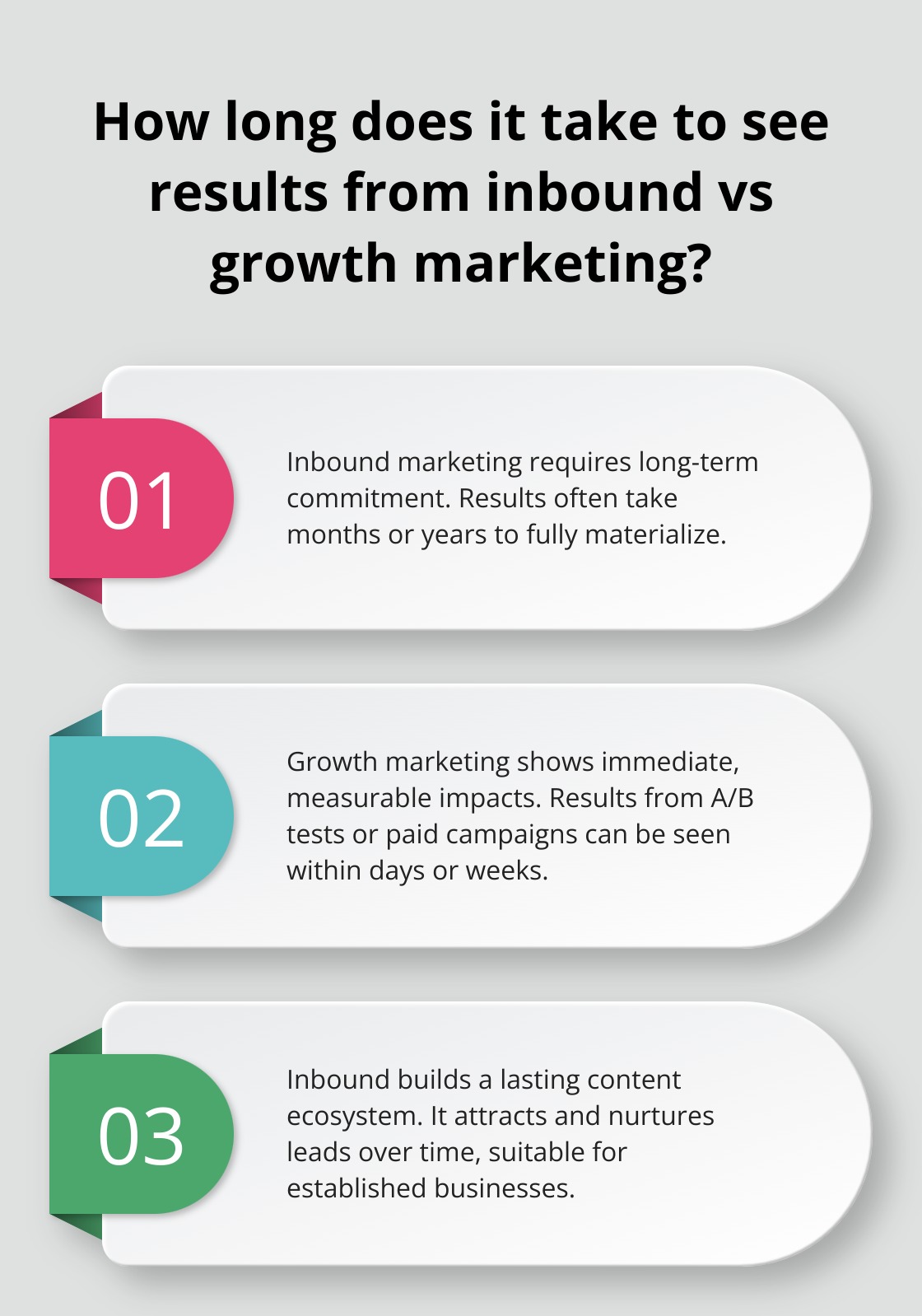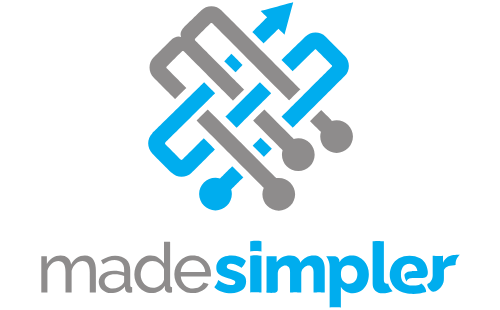At Made Simpler, we’re often asked about the best marketing strategies for businesses. Two approaches that frequently come up are inbound marketing and growth marketing.
While both strategies aim to attract and retain customers, they have distinct methodologies and applications. In this post, we’ll explore inbound marketing vs growth marketing, breaking down their key differences and helping you decide which approach might work best for your business.
What Is Inbound Marketing?
Inbound marketing attracts potential customers through valuable content and experiences. Unlike traditional outbound marketing, which interrupts audiences with unwanted messages, inbound marketing draws people in by providing solutions to their problems.
The Power of Content Creation
Content creation forms the core of inbound marketing. This involves the production of blog posts, videos, podcasts, and other media that address the target audience’s pain points. For example, a software company might create a series of how-to videos demonstrating their product’s features. This approach not only showcases the product but also provides real value to potential customers.
SEO: The Backbone of Visibility
Search Engine Optimization (SEO) plays a vital role in inbound marketing success. Optimizing content for search engines increases the chances of potential customers finding you when they seek solutions. BrightEdge research unveiled new findings on the performance of Organic and Paid Search as a marketing channel, highlighting the strength of search marketing. This underscores the importance of incorporating relevant keywords, creating quality backlinks, and ensuring technical soundness of your website.
Nurturing Leads to Conversion
Lead nurturing builds relationships with potential customers throughout their buying journey. This process often includes email marketing campaigns, personalized content recommendations, and targeted social media interactions. HubSpot reports that nurtured leads make 47% larger purchases compared to non-nurtured leads, a statistic that underscores the effectiveness of a well-executed lead nurturing strategy.
Challenges and Long-Term Benefits
Inbound marketing presents certain challenges. It requires a significant time investment to create quality content consistently. Moreover, results often take time to materialize, which can frustrate businesses looking for quick wins. However, the long-term benefits (including increased brand authority and customer loyalty) often outweigh these initial hurdles.

As we transition to our next topic, it’s important to note that while inbound marketing focuses on attracting customers through valuable content, growth marketing takes a different approach. Let’s explore how growth marketing strategies differ and complement inbound marketing techniques.
What Is Growth Marketing?
Growth marketing is a data-driven approach that focuses on rapid experimentation and scalable strategies to drive business growth. Unlike traditional marketing methods, growth marketing emphasizes continuous testing, learning, and optimization to achieve sustainable results.
The Experimentation Mindset
Growth marketing thrives on experimentation. Instead of relying on tried-and-true methods, growth marketers constantly test new ideas across various channels. This could involve A/B testing landing pages, experimenting with different ad copy, or trying out new social media platforms.
Dropbox’s famous referral program exemplifies this approach. The team rigorously tested different incentives and messaging before implementing the strategy that drove 3900% growth.
Data-Driven Decision Making
Growth marketing revolves around numbers. Every decision stems from data, from choosing investment channels to determining the most effective messaging. Tools like Google Analytics, Mixpanel, and Amplitude are essential for tracking user behavior and campaign performance.
A McKinsey study found that customer analytics can improve profits and growth. This finding underscores the importance of not just collecting data, but also using it to inform marketing strategies.
Rapid Iteration and Scaling
The growth marketing process follows a cyclical pattern: hypothesize, test, analyze, and iterate. This rapid iteration allows marketers to quickly identify what works and scale successful strategies.

Airbnb’s discovery that professional photography significantly increased bookings (a key insight from their data analysis) led them to quickly scale this initiative. They offered free professional photography to hosts in key markets, demonstrating how growth marketing can turn a small insight into a major business advantage.
Challenges and Opportunities
While growth marketing offers numerous advantages, it’s not without challenges. The constant need for new ideas can be taxing, and not all experiments will yield positive results. Moreover, the focus on rapid growth can sometimes overshadow brand building and long-term customer relationships.
However, when executed well, growth marketing can lead to exponential results. Companies like Uber, Pinterest, and LinkedIn have all leveraged growth marketing strategies to achieve remarkable success.
As we transition to comparing inbound and growth marketing, it’s important to consider how these two approaches might complement each other. The solid foundation of inbound marketing combined with the agile, data-driven nature of growth marketing could create a powerful, multi-faceted approach to attracting and retaining customers.
Inbound vs Growth: Which Fits Your Business?
Timing and Resource Allocation
Inbound marketing demands a long-term commitment. It builds a content ecosystem that attracts and nurtures leads over time. This approach suits established businesses with stable resources and a focus on long-term brand building.

Growth marketing suits startups and businesses that seek rapid expansion. It emphasizes quick experiments and scaling successful strategies. Companies like Dropbox and Airbnb used growth hacking techniques to achieve explosive growth in short periods.
Measurability and Return on Investment
Both strategies can deliver strong ROI, but they differ in result visibility. Growth marketing often shows immediate, measurable impacts. You can see the results of A/B tests or paid advertising campaigns within days or weeks.
Inbound marketing’s ROI compounds over time. However, these results often take months or even years to fully materialize.
Flexibility and Adaptability
Growth marketing excels in its ability to pivot quickly based on data. If a tactic fails, growth marketers can swiftly move on to the next experiment. This agility proves particularly valuable in fast-changing markets or for businesses with evolving product offerings.
Inbound marketing requires more patience but builds a lasting foundation. The content created for inbound strategies continues to attract and engage audiences long after its initial publication.
Hybrid Approach
Many businesses find success in combining elements of both strategies. The solid foundation built by inbound marketing can accelerate and optimize using growth marketing techniques. This hybrid approach allows for both sustainable growth and rapid experimentation.
Aligning with Business Goals
The choice between inbound and growth marketing (or a combination of both) should align with your business goals, resources, and target audience. Understanding the strengths and limitations of each approach helps craft a marketing strategy that drives real results for your unique business needs.
Final Thoughts
Inbound marketing and growth marketing offer distinct advantages for businesses aiming to expand their reach and drive results. Inbound marketing builds a solid foundation through valuable content, SEO optimization, and lead nurturing, while growth marketing thrives on rapid experimentation and data-driven decisions. The choice between inbound marketing vs growth marketing depends on your business goals, resources, and target audience.

The most effective approach might not involve choosing one over the other, but rather combining elements of both strategies. This integration creates a powerful, multi-faceted approach to attracting and retaining customers. It allows for both sustainable growth and rapid experimentation, maximizing the benefits of each approach.
At Made Simpler, we offer scalable, high-quality marketing solutions enhanced by AI technology. Our comprehensive services can help you achieve your marketing goals efficiently and effectively (whether you focus on inbound strategies, growth tactics, or a combination of both). We strive to align your marketing strategy with your unique business needs, resources, and objectives to drive real results in today’s competitive marketplace.

